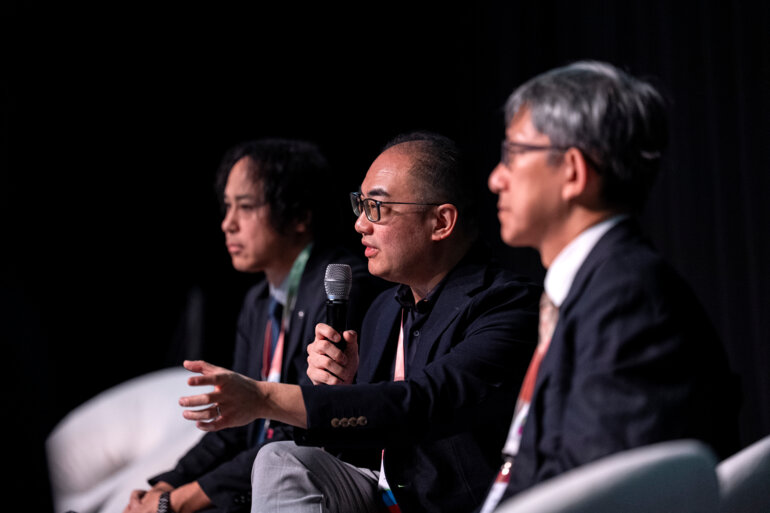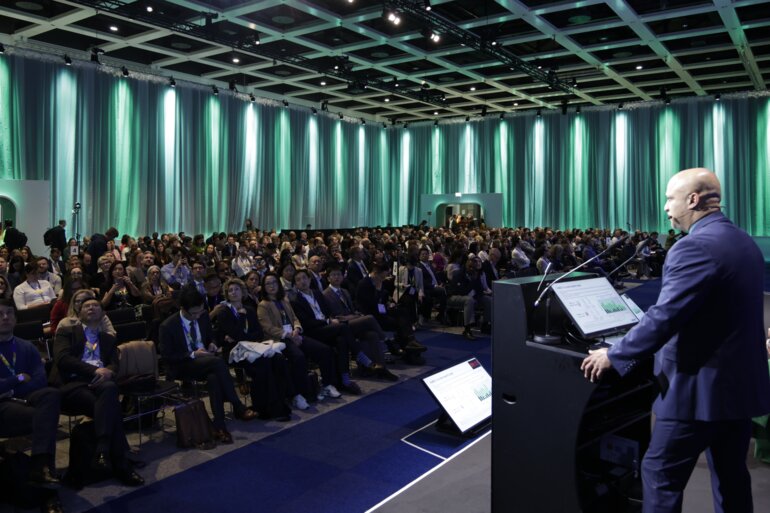Tumour evolution is one of the primary reasons for resistance to treatment and researchers are now learning how to use it to lead tumours down a dead end
Evolution is far more important than it was previously realised. It is usually the reason why treatments fail and why tumours are so hard to treat. “The traditional view of cancer development was a linear progression model where cancer development follows a clear trajectory, eventually resulting in a relatively homogeneous tumour mass.
In this scenario, cancer treatment should be relatively straightforward – if you can target one cancer cell you can target them all. However, by understanding tumour development as an evolutionary process, that allows us to understand why treatments so frequently stop working and, potentially, how we could improve them,” says Dr Nicholas McGranahan, UCL Cancer Institute, London, UK, who recently authored a review on the topic in Nature Reviews Cancer (Nat Rev Cancer 21, 379–392 (2021)).
What are the latest advances in understanding of the evolution of cancer?
Our understanding of cancer is constantly evolving. One of the biggest areas which we understand more about now is the interplay between the cancer cell and the immune microenvironment. Ecology considers the ecosystem in which a species exists and evolves, and the same principles apply to the cancer cell. To understand the cancer cell, how it has evolved and why it is evolving in a certain way we need to understand the environment in which it exists. The success of immunotherapies, such as immune checkpoint blockade, illustrates how the immune system can be harnessed to treat cancers. A number of studies highlight the interplay between the cancer cell and the immune microenvironment. The connection between variation in the immune microenvironment and malignant spread was demonstrated through multi-region analysis of metastatic sites in patients with high-grade ovarian cancer (Cell 2018;173:1755-1769). Another study in high-grade ovarian cancer found that immune-cell-excluded and inflammatory microenvironments coexist within the same individuals and within the same tumour sites (Nature Genetics 2020;52(6):582-593). Research in lung cancer has suggested that the immune microenvironment exerts a strong selection pressure in early, untreated disease; this produces multiple routes to immune evasion which predict poor disease-free survival (Nature 2019;567:479-485).
The tools that we have at our disposal to explore cancer development and cancer evolution are changing our understanding of cancer – things like single-cell sequencing and long-read sequencing for instance.
All the available tools are making us appreciate the notion that we need to move beyond just looking at the cancer genome and specific genetic alterations towards a more holistic approach which includes the transcriptome and the epigenome.
What are the most effective tools for understanding cancer evolution in an individual patient?
To understand cancer evolution within a patient’s tumour, we have to consider both a spatial and temporal component.
Multi-region sequencing and single-cell sequencing can be used to build up a picture of the diversity within a tumour, and thereby understand the spatial component. Using this information, we can go back in time and attempt to reconstruct a tumour’s evolutionary history.
However, we also want to consider the future, and the dynamics of cancer evolution - how is the tumour changing from one timepoint to the next? Fortunately, we can now monitor the disease far better with things like circulating tumour DNA (ctDNA). It means that we can track specific events using data just from patients’ blood. That allows us to see the waxing and waning of cell populations harbouring certain events during a tumour’s development.
At present most tools have been developed in the research setting and a next step will be to explore how this could be applied more directly in the clinical setting.
How might monitoring disease evolution help guide the choice of therapy?
If you have explored a primary tumour you can build up an accurate picture of all the mutations present in every cancer cell. These can then be used to help monitor the patient’s disease and look for signs of potential relapse. This might also inform a treatment strategy. Indeed, evidence from the research setting suggests that ctDNA can be used to track a tumour’s development and potentially detect changes early. For example, multiple studies have shown that ctDNA can be exploited to detect minimal residual disease. That includes detecting minimal residual disease after surgical resection, allowing personalisation of adjuvant therapies (Journal of Thoracic Oncology 2019;14(1):16-24) and identifying patients with residual disease before clinical or radiological evidence of metastases (Clin Cancer Res 2019;25:6026–34). I think that’s really going to revolutionise the way we treat patients and understand resistance as well.
Is it possible to predict a cancer’s next evolutionary move? And what could be the benefit of this?
The ultimate goal of our research is to understand patterns in cancer development such that we can predict the next step of cancer development. Conceivably, one day we may be able to proactively treat the tumour in such a way that it could be led down an evolutionary dead end – rather than waiting for resistance to occur. Ultimately, this will require a far deeper understanding of cancer evolution, and the extent to which cancer development is deterministic.
With targeted therapies we already have a much deeper appreciation of the next resistance mechanism that is likely to occur and what treatment to give. But we want an even deeper knowledge of the playbook that the tumour might use and what we can do in advance of its next move.








